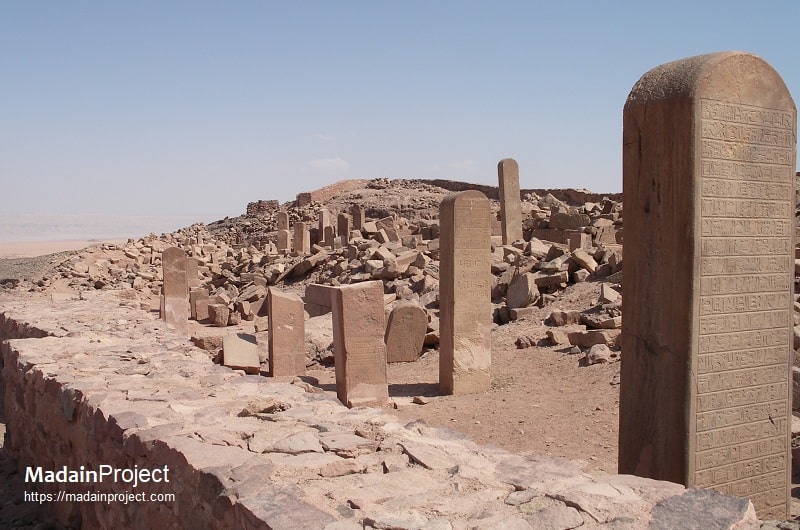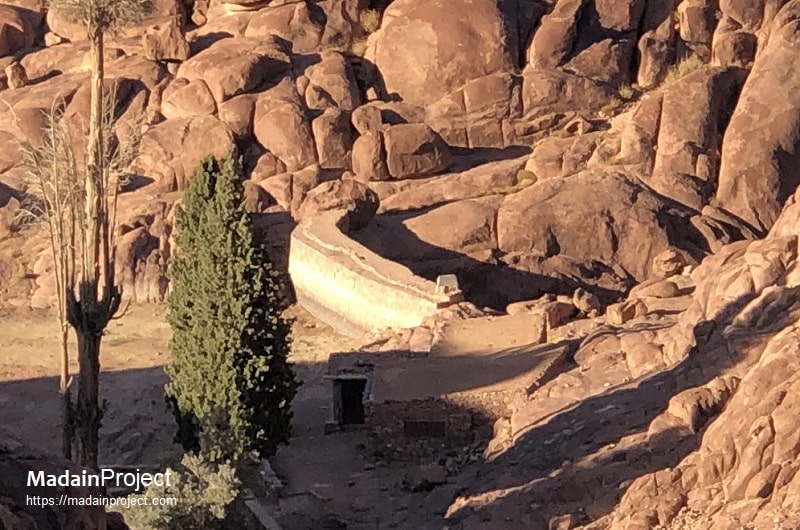Sinai, in the context of a historical and archaeological region, refers to the peninsula between Africa and Asia that has served as a vital crossroads for civilizations, trade, and religious traditions since antiquity. Strategically positioned between Egypt, the Levant, and Arabia, it has been a passage for migrants, armies, and traders from prehistoric times through the medieval period. The region has been shaped by the presence of ancient Egyptian mining expeditions, Semitic nomadic groups, Nabataean traders, Roman and Byzantine outposts, and Islamic-era fortifications. Sinai's historical significance is deeply tied to its role in biblical traditions, early Christian monasticism, and Islamic administration, with landmarks such as Mount Sinai, Saint Catherine's Monastery, and Serabit el-Khadim bearing witness to its long and layered history.
Sinai has served as a crossroads of civilizations for thousands of years, bridging Africa and Asia and playing a crucial role in the histories of ancient Egypt, the Levant, and the Arabian Peninsula. Evidence of human activity in Sinai dates back to prehistoric times, with Paleolithic and Neolithic sites indicating early habitation. During the Early Dynastic and Old Kingdom periods of Egypt (circa 3100–2181 BCE), the Egyptians exploited Sinai’s copper and turquoise mines, particularly around Serabit el-Khadim and Wadi Maghareh, where they left inscriptions and temples dedicated to Hathor, the goddess of mining and fertility.
By the second millennium BCE, Sinai was traversed by trade routes connecting Egypt with the Levant and Mesopotamia. The region played a key role in the Exodus narrative, where it is traditionally identified as the setting for Moses receiving the Ten Commandments at Mount Sinai (Jabal Musa). The Sinai Peninsula was also part of the military and trade networks of the New Kingdom of Egypt (circa 1550–1070 BCE), as pharaohs like Thutmose III and Ramesses II conducted campaigns into Canaan using routes through Sinai. The Sea Peoples and later the Edomites and Midianites also left their mark on the region.
During the Greco-Roman period (circa 332 BCE–395 CE), Sinai remained an important transit zone between Egypt, Nabataea, and the Levant. The construction of monasteries and pilgrimage routes in Late Antiquity—most notably Saint Catherine’s Monastery, built under Emperor Justinian I (527–565 CE)—solidified its significance in Christian tradition. The arrival of Islam in the seventh century CE brought new rulers, and under the Fatimid and later Mamluk periods, Sinai remained a key route for traders, pilgrims, and armies traveling between Cairo and Mecca.
During the Ottoman era (1517–1917 CE), Sinai became part of the empire’s vast territory, but its rugged landscape and Bedouin tribes maintained a degree of autonomy. In modern times, it played a strategic role in regional conflicts, particularly in the Arab-Israeli wars of 1956, 1967, and 1973, before being returned to Egypt under the 1979 Egypt-Israel Peace Treaty. Today, Sinai remains archaeologically rich, with its ancient mining sites, religious landmarks, and historical trade routes offering insight into its long and complex past.
Serabit el-Khadim is an ancient Egyptian turquoise mining site in southwestern Sinai, active primarily during the Middle Kingdom (circa 2000–1700 BCE) and New Kingdom (circa 1550–1070 BCE). The site contains extensive mining galleries, workers' encampments, and a temple complex dedicated to the goddess Hathor, who was venerated as the patron of miners and protector of the desert. Egyptian expeditions, often accompanied by inscriptions detailing their missions, traveled from the Nile Valley to extract turquoise, a valuable material used in jewelry and religious artifacts. Read more
Mount Sinai (Jabal Musa) is a granite peak in the Sinai Peninsula, traditionally identified as the biblical mountain where Moses received the Ten Commandments. Rising to approximately 2,285 meters (7,497 feet), it has been a site of religious significance for Judaism, Christianity, and Islam for centuries. The mountain is part of the southern Sinai mountain range, composed of Precambrian granitic rocks that are among the oldest geological formations in the region. Read more
Maqam Nabi Harun is a religious site traditionally believed to mark the tomb or commemorative shrine of Aaron (Harun), the brother of Moses (Musa), located near Mount Sinai (Jabal Musa) in the Sinai Peninsula, Egypt. Aaron is a significant figure in Judaism, Christianity, and Islam, regarded as the first High Priest of the Israelites and a prophet respectively. While various locations, including Jabal Harun near Petra in Jordan, are also associated with his burial, the Sinai tradition holds that he was venerated at this site. Read more
The Burning Bush at Saint Catherine’s Monastery is one of the most sacred and mysterious relics in the world, believed to be the very bush from which God spoke to Moses in a blaze of divine fire. Nestled within the monastery’s ancient walls at the foot of Mount Sinai (Jabal Musa), this revered plant—identified as Rubus sanctus, a rare, untamed bramble—has miraculously thrived for centuries. According to tradition, Empress Helena, mother of Constantine the Great, recognized its holiness and ordered a chapel built nearby in the fourth century CE, a site later enclosed within the towering fortress of Justinian I (527–565 CE). A symbol of divine revelation, faith, and mystery, the Burning Bush remains an awe-inspiring pilgrimage site, drawing visitors who seek a glimpse of the miraculous.
The remains of the Nabataean period village-settlement are situated north-west of the Saint Catherine Protectorate, at a distance of some 17 kilometers. Read more
Established by order of Emperor Justinian I (reigned 527–565 CE), it was built to enclose the earlier Chapel of the Burning Bush, which was traditionally believed to mark the site where Moses encountered God in the form of a burning bush. The monastery has remained a center of Eastern Orthodox monasticism for centuries, maintaining its original structure and extensive manuscript collection. It houses an unparalleled library of early Christian texts, second in importance only to the Vatican Library, and contains an array of Byzantine icons, mosaics, and religious artifacts. Read more
The Byzantine dam in the Elijah's Basin near Mount Sinai is an ancient structure most likely constructed to protect Saint Catherine's Monastery from potential flood damage. Situated below an ancient well in the basin, this dam exemplifies the engineering skills of the Byzantine period, serving both to control water flow and to ensure a steady water supply to the monastery. Read more
Signup for our monthly newsletter / online magazine.
No spam, we promise.





